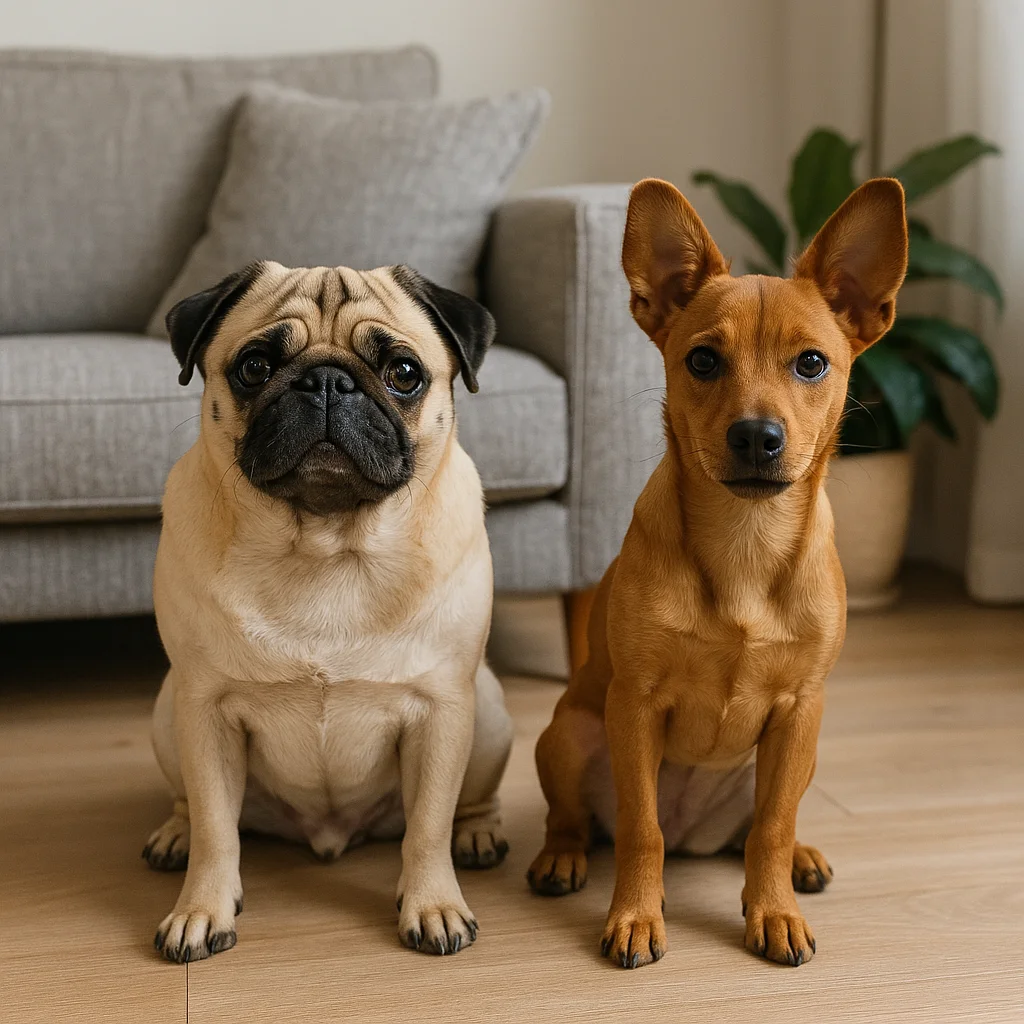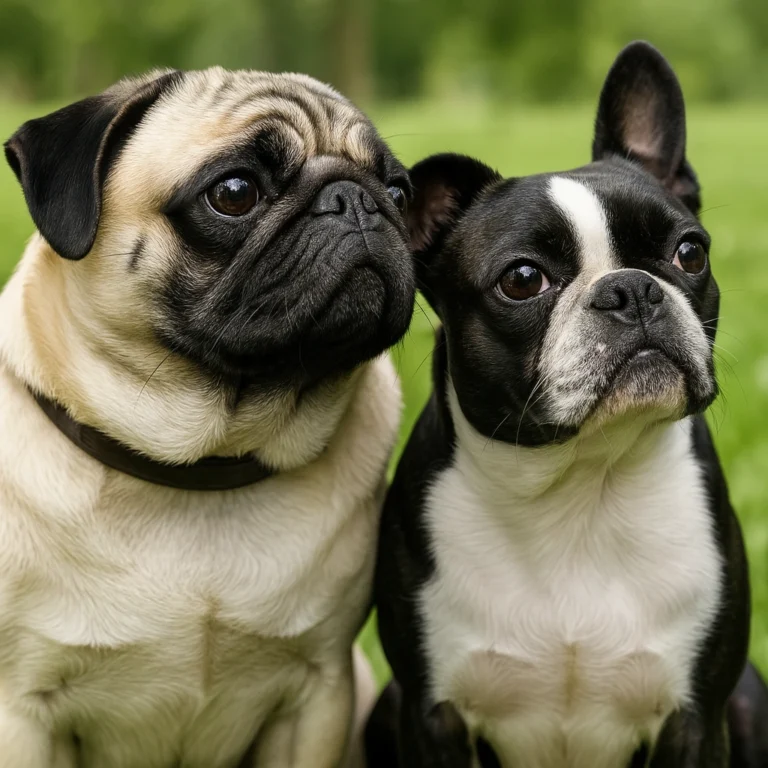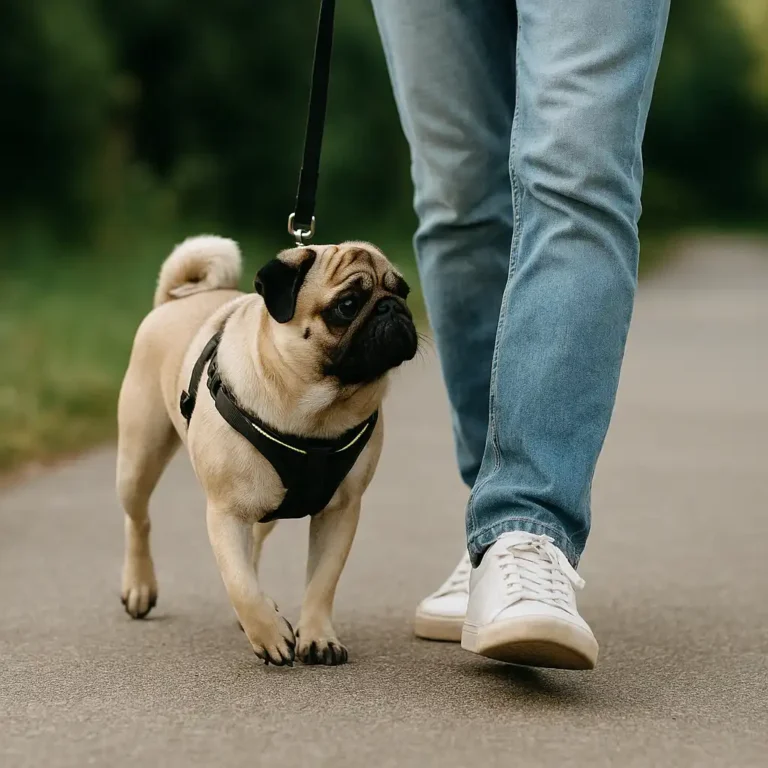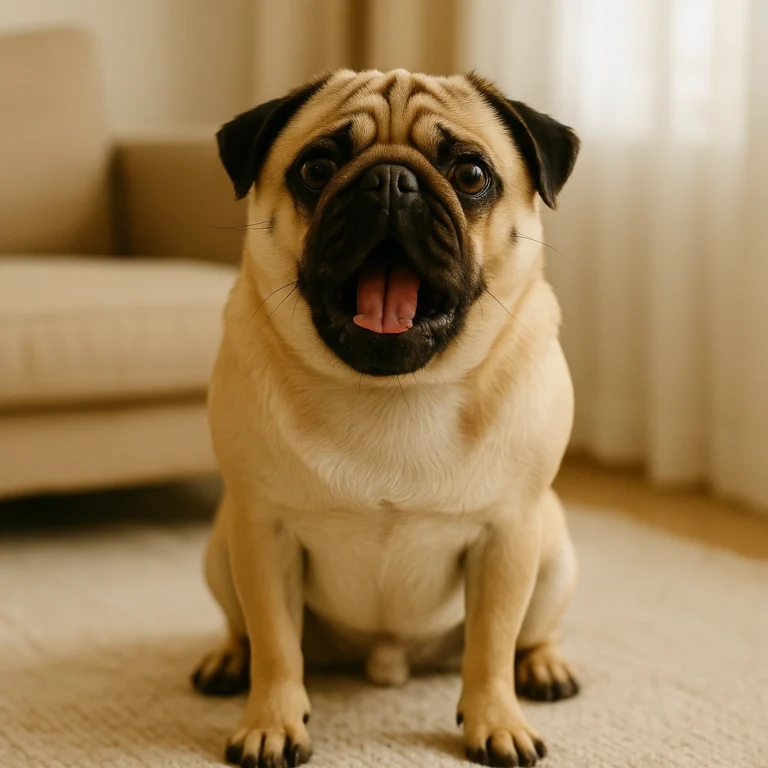Pug Friends Forever: How These Sociable Dogs Interact with Others

Disclosure: This post contains affiliate links. As an Amazon Associate, I earn from qualifying purchases—at no extra cost to you.
Pugs are known for their big personalities packed into compact bodies. With their expressive eyes, charming snorts, and affectionate behavior, they often become the center of attention wherever they go. But what about their relationship with other dogs? Whether you’re a multi-dog household or considering adding a new companion to your pug’s life, understanding how pugs typically behave around other dogs is essential.
Pugs and Their Social Nature
Pugs are naturally sociable dogs. Originally bred as companions for royalty in ancient China, they thrive on human attention and generally show a similar enthusiasm for canine company. Their easygoing and gentle demeanor makes them less likely to be aggressive or territorial, especially when socialized properly from a young age.
That said, their temperament isn’t identical across the board. Like all breeds, individual pugs can vary in personality. Some are more assertive, others more submissive. But overall, most pugs display a playful, friendly attitude toward other dogs, particularly when they are introduced in a calm and controlled manner.
Size Doesn’t Intimidate a Pug
Don’t let their small size fool you—pugs are surprisingly brave and often unaware of their petite stature. This can be both adorable and risky. While many pugs happily frolic with larger breeds, they may occasionally push boundaries without realizing the potential consequences. It’s important for owners to monitor playtime with larger dogs to prevent accidental injuries due to roughhousing.
When paired with other small breeds, pugs tend to form strong bonds. They enjoy games, napping together, and engaging in gentle wrestling. Their clownish personalities often shine when they have a friend to goof around with.
The Importance of Early Socialization
Like any breed, early socialization plays a vital role in how well a pug gets along with others. Pugs that are introduced to various dogs during puppyhood are more likely to grow up confident and friendly in canine interactions. Regular trips to the dog park, puppy classes, and controlled meet-ups with trusted dogs help build their social skills.
If a pug hasn’t been properly socialized, they may show signs of nervousness or even react defensively around unfamiliar dogs. In such cases, slow introductions and positive reinforcement can help build trust and improve behavior over time.
Introducing a New Dog to a Pug
If you’re planning to bring a second dog into your home, it’s wise to consider breeds that match a pug’s temperament. Easygoing breeds like Cavalier King Charles Spaniels, Boston Terriers, or other pugs often make great companions. Avoid highly dominant or overly energetic dogs unless you’re confident in your ability to manage the dynamic.
Introduce the dogs on neutral ground, such as a park, and watch for signs of tension or stress. With patience, most pugs adapt well and enjoy the companionship of a new canine friend.
Conclusion
Pugs are generally great with other dogs, thanks to their loving, non-confrontational nature. While their boldness may get them into a bit of trouble if not supervised, their desire to make friends usually wins out. With the right introductions, socialization, and a little guidance, pugs can be wonderful members of a multi-dog household.






